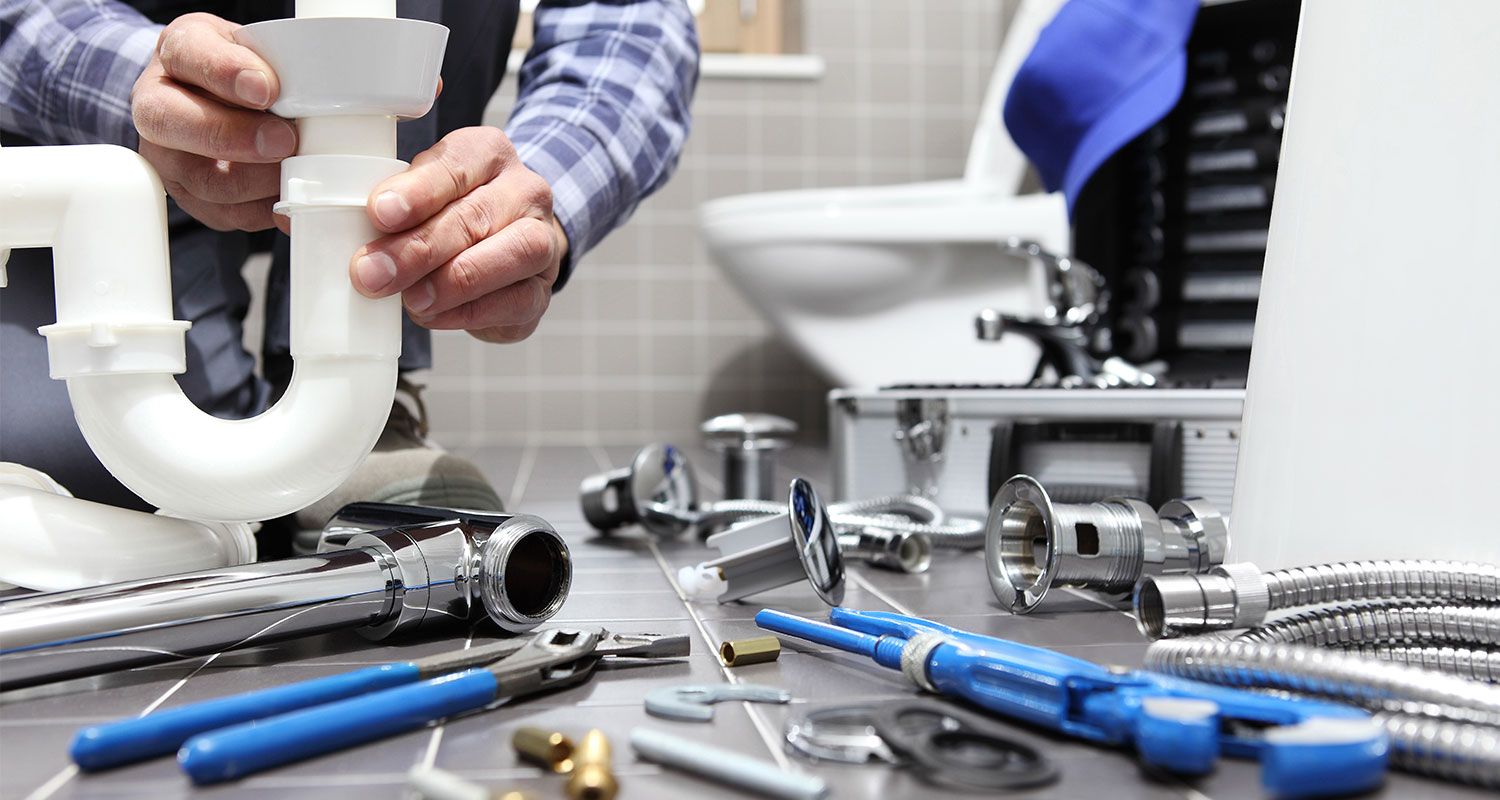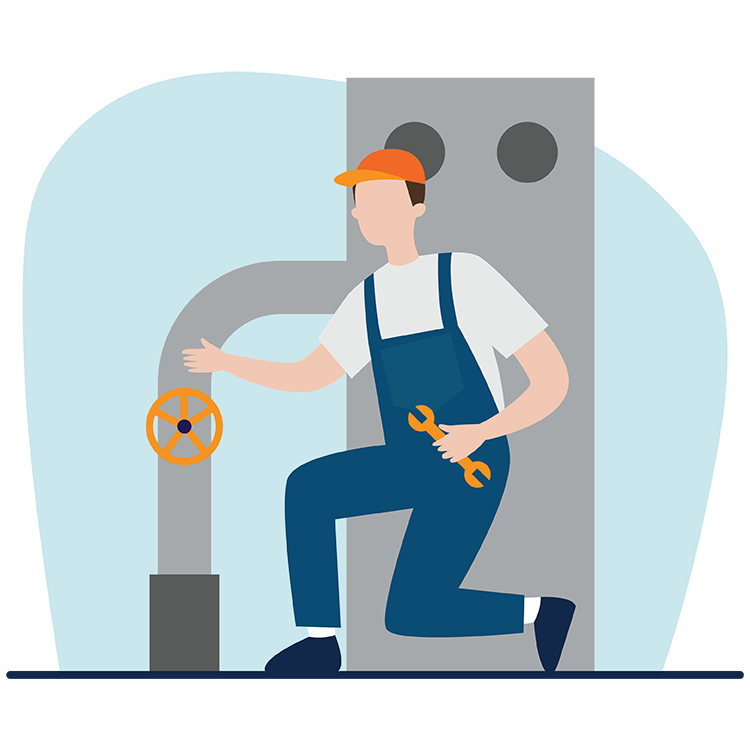Fast and Reliable Drain Cleaning Alabaster AL Services Available
Fast and Reliable Drain Cleaning Alabaster AL Services Available
Blog Article
A Detailed Guide to Reliable Hot Water Heater Setup for Ideal Performance
Embarking on the task of installing a water heater is an endeavor that requires accuracy and a methodical technique for accomplishing optimal efficiency. The procedure begins with the important decision of selecting the appropriate heating system tailored to the specific demands of your family, thinking about factors such as energy, dimension, and kind source. Once picked, preparing the setup area to fulfill security standards is paramount. However, the journey doesn't finish right here. As you proceed, the details of connecting water system lines and establishing reputable electrical or gas connections wait for, appealing insights into making certain effectiveness and reliability.
Choosing the Right Hot Water Heater

Following, think about the dimension and capacity of the hot water heater. It's crucial to assess your home's warm water demands, which can vary based on the number of owners and their use patterns. A device that's too small may result in inadequate warm water, while an extra-large design may cause unneeded power intake.
Efficiency ratings likewise play a pivotal role in selection. Search for hot water heater with high Power Variable (EF) rankings, indicating exceptional performance and decreased energy usage. Tankless models, though usually a lot more costly in advance, deal significant power financial savings over time as a result of their on-demand home heating abilities.
Preparing the Setup Area
Before installing a brand-new water heating unit, meticulous preparation of the setup location is vital. It's vital to determine the space meticulously to fit the water heating system's dimensions, ensuring appropriate clearance around the unit for reliable procedure and maintenance.
Check the floor for stability, as the water heater will need a solid, level surface to operate successfully. If necessary, install a drip pan below the system to capture prospective leakages or spills, stopping water damage to the surrounding area.
Additionally, make sure that all essential devices and products are on hand before commencing the installment. This consists of things such as wrenches, screwdrivers, a degree, and any type of extra hardware required for protecting the heater and mounting. A well-prepared installation area sets the structure for an effective hot water heater arrangement, enhancing performance and safety.
Connecting Water System Lines
When linking water lines to your newly installed hot water heater, it is crucial to guarantee that all connections are safe and secure and leak-free to preserve efficient procedure and stop water damage. Begin by recognizing the cool and hot water lines. The chilly water inlet is usually marked with a blue tag or a "C", while the warm water outlet is noted with a red tag or an "H".
Usage versatile hot water heater adapters to promote a simpler installation procedure. These adapters can soak up vibration and permit slight motion, decreasing the threat of leaks. Before affixing the adapters, place a plumbing technician's tape around the threaded ends of the water heating unit's inlet and outlet pipelines - Drain Cleaning Alabaster AL. This tape serves as a sealer, preventing leaks. Carefully attach the adaptable hose pipes to the particular inlet and electrical outlet, making certain that they are limited but not over-tightened, which could damage the strings.
Once connections are in location, slowly switch on the primary water valve. Inspect each connection for leaks by aesthetically feeling and inspecting for dampness. Tighten up connections as essential, and make certain the stress safety valve is correctly installed, protecting against extreme pressure build-up.
Establishing Electric or Gas Links
Correctly setting up the electric or gas links for your water heater is an essential action to make sure reliable and risk-free operation. For electrical water heating units, begin by validating that the electric circuit is suitable with the heating unit's voltage and amperage requirements.
For gas hot water heater, safety is paramount. Validate that the gas supply is off before continuing. Connect the gas line to the hot water heater utilizing an adaptable gas port, guaranteeing it is appropriately threaded and secured with pipeline joint substance or Teflon tape ideal for gas links. Tighten the links with a wrench, making sure not to over-tighten (Drain Cleaning Alabaster AL).
As soon as connections are made, check for any type of potential leaks. For gas lines, apply a soapy water solution to the joints; bubbles show a leakage. For electric connections, ascertain that all electrical wiring is safe and secure and correctly insulated, preserving conformity with neighborhood electrical codes.
Readjusting and evaluating for Performance
With the electrical and gas links securely in position, the following action is evaluating the find out here functional efficiency of your hot water heater. Begin by thoroughly turning on the water system and making certain there are no leakages at any one of the joints or shutoffs. As soon as verified, continue to fill up the storage tank, taking notice of the stress and temperature level setups. It is advisable to set the thermostat to a recommended helpful site temperature of around 120 ° F(49 ° C) to balance power performance and convenience.
Next, carry out a complete assessment to make sure the heating elements or gas heaters are operating correctly. For electrical heating systems, use a multimeter to confirm if the elements are attracting the proper present. In gas models, observe the heater fire; it ought to be steady and blue, showing reliable combustion.
Adjust the setups as needed to eliminate inefficiencies. Take into consideration carrying out insulation steps, such as including a hot water heater blanket, to better enhance efficiency by lessening heat loss. In addition, inspect the anode rod's problem, as a worn-out rod can reduce effectiveness and result in container rust.
Final Thought
Reliable water heater installation is vital for ensuring optimal efficiency and power savings. Safely linking water supply lines and carefully setting up electric or gas connections lessen possible concerns.

Appropriately setting up the electrical or gas connections view for your water heater is a vital action to ensure reliable and secure procedure. For electric water heaters, begin by validating that the electrical circuit is compatible with the heater's voltage and amperage demands. Link the gas line to the water heating system making use of a flexible gas connector, ensuring it is appropriately threaded and secured with pipeline joint substance or Teflon tape ideal for gas connections.
Report this page